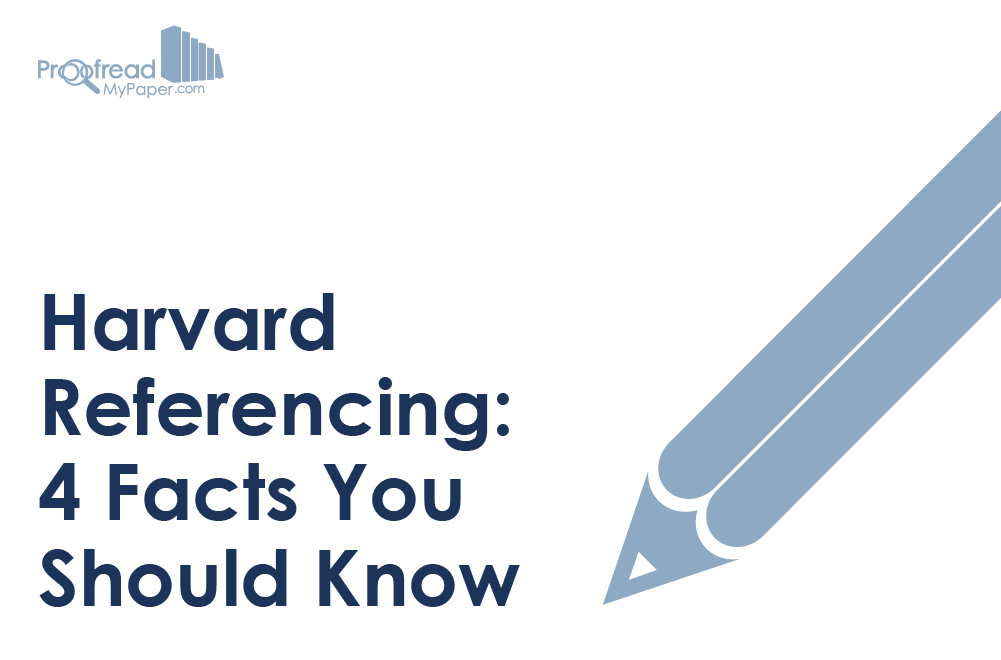Harvard referencing is a citation style used in higher education around the world, providing a quick way of referencing sources in academic writing.
Its widespread use means that knowing how this system works is wise for any student. To help, then, we’ve prepared this quick guide explaining a few key facts you should know.
1. There is No Such Thing as “Harvard Referencing”
Most people assume that Harvard referencing is associated with Harvard University, but there is no official connection. There is, in fact, technically no such thing as the Harvard referencing “system” at all.

Rather, “Harvard referencing” is a generic term for parenthetical referencing. Therefore, “Harvard referencing” can mean a number of variations of the same basic rule set.
As a result, the exact way to reference sources will depend on the version used. We could end each of the other points in this post by reminding you to check whether your school uses the same conventions, but we’ll just do it here once in big letters to save time:
CHECK YOUR STYLE GUIDE!
Got it? Cool.
2. Author–Date Citations
All variations of Harvard referencing use an author–date format. This means giving the author’s surname and a year of publication for sources in parentheses, as well as relevant page numbers when quoting directly:
Early humans “didn’t fly by helicopter” (Diamond, 1997, p. 49).
Find this useful?
Subscribe to our newsletter and get writing tips from our editors straight to your inbox.
If the author is named in the main text, there’s no need to duplicate it in the citation:
According to Diamond (1997), Australia is unique in the history of human development.
Each source cited in the text should also be added to a reference list at the end of your document.
3. When to Cite
The key to good referencing is knowing when it’s necessary to cite a source. The main situations are when:
- Using a direct quotation
- Paraphrasing another author’s ideas or arguments
- Using a diagram or illustration from another source
- Using previously published data or results
- Summarizing a thinker’s beliefs or thoughts
The key thing to keep in mind is that it’s the quality of citations that counts, not the quantity. You shouldn’t, therefore, worry about not having “enough” citations in your work, as long as you’ve clearly and consistently cited sources when required.
4. The Reference List
Harvard referencing requires all cited sources to be included in a reference list with full publication information. The details to include for each source depend on its format, but the list itself should follow a few key conventions:
- List all cited sources (additional reading can be included separately)
- Sources should be ordered alphabetically by author surname
- Multiple works by the same author should be listed earliest first by publication date
- When a source has multiple authors, give all listed names (no matter how many)
We hope this has clarified a few things, and don’t forget to check out the other Harvard referencing posts on our blog.



